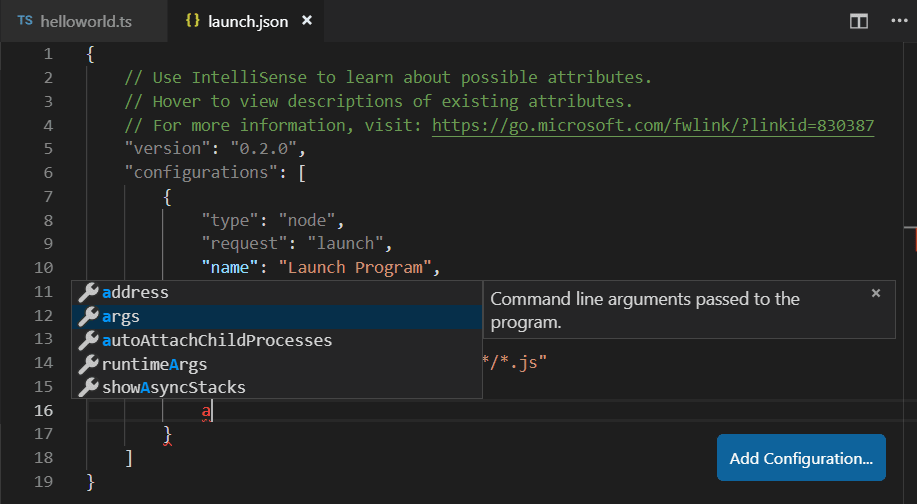

Most programming languages support freestanding code blocks and low-level dependency management out of the box.

If you're familiar with unit testing JavaScript with Mocha and VS Code debugging, skip to the section Debugging with Reify. This article was written with no assumptions other than that your system runs Node 11.6+ and VS Code 1.30.2+. This article describes how to use ES modules within a very specific, but common environment: debugging Mocha tests running on Node.js in Microsoft's Visual Studio Code (VS Code). Given their recent emergence from alpha, however, support for ES Modules can vary across tools. Currently supported in modern browsers and Node.js for many months now, ES Modules will over time render various ad-hoc module systems currently in use obsolete. The ES Module standard defines a way to build and assemble JavaScript modules.

Debugging ES Modules in Node.js and Mocha Using VS Code


 0 kommentar(er)
0 kommentar(er)
